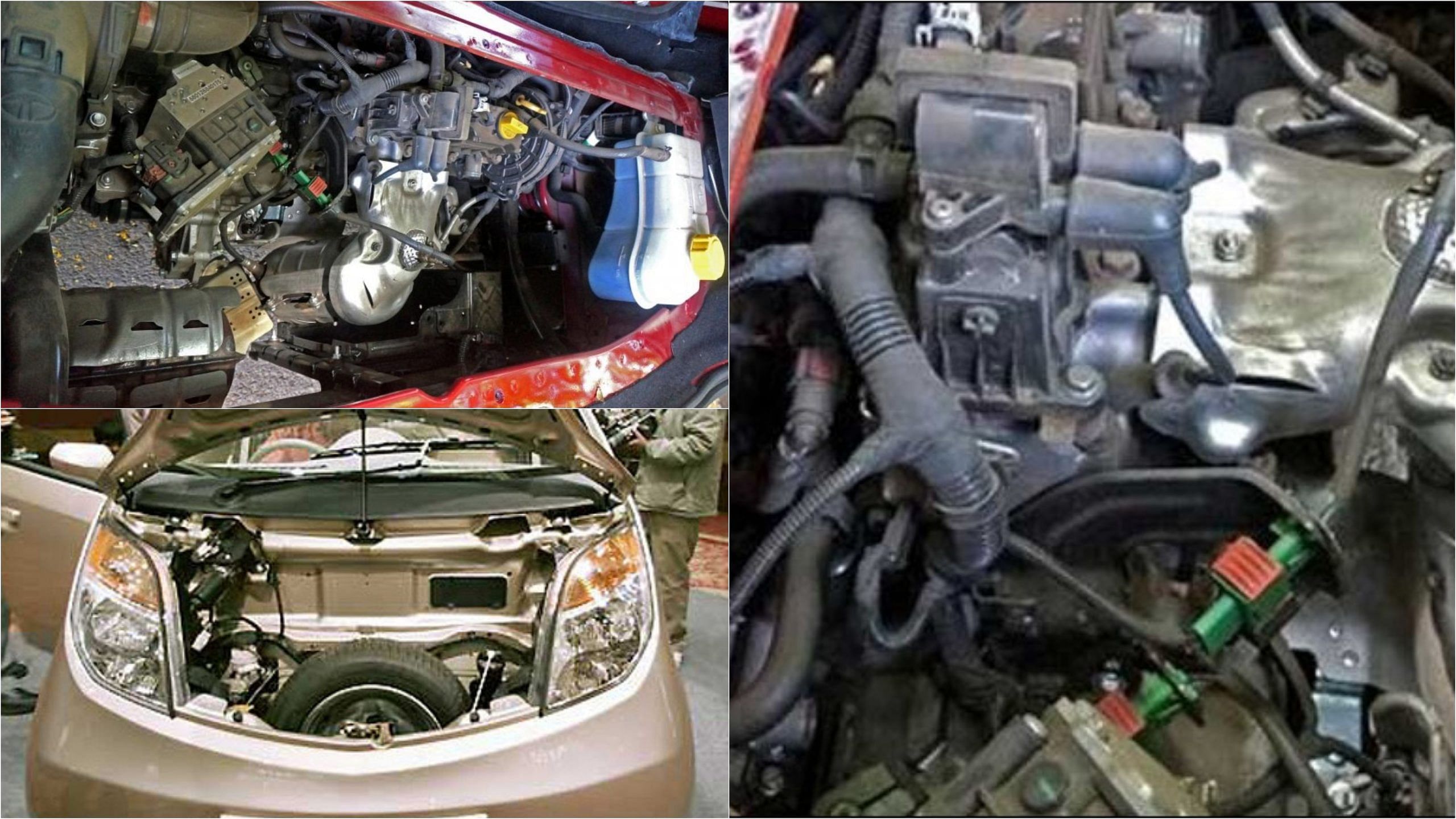Meet The World’s Cheapest Car, The Tata Nano
The Tata Nano, the world's cheapest automobile, first appeared in 2008, with a base price of around $1,400. It was created with Indian first-time automobile purchasers in mind, providing a practical and small-city car experience. Despite being reasonably priced, the Nano had trouble being widely accepted. A prospective electrified version is rumored, and this might boost sales in the future.
Published August 1, 2024

The Tata Nano, dubbed "the world's cheapest car," made its debut in 2008, with a starting price of roughly $1,400. It was built especially for Indians who were making their first car purchase. The Nano is the ideal vehicle for zipping through congested city streets because of its small size and functional design. The Nano failed to win over many customers despite its incredibly low price. As you might think, people were not as thrilled to drive the most affordable car in the world. Unfortunately, the Nano suffered greatly from this reputation. Even though it featured some striking characteristics, such as a rear engine and space for up to four passengers, people were not particularly eager to purchase it.
However, there is still hope for the Nano! There are rumors circulating that Tata may reintroduce it as an electric vehicle in India. Given the growing demand for environmentally friendly vehicles, this might completely alter the game. Think of the Nano cruising across town without any emissions. In a word, the Tata Nano was a brave effort to build a car that was both economical and useful. Despite its flaws, it was designed to increase access to car ownership. Sadly, its potential was overshadowed by its status as the most affordable automobile ever produced. The Nano might finally receive the attention it deserves as an electric model and find fresh life.
What made the Nano so cheap?
The Tata Nano became incredibly affordable thanks to sophisticated cost-cutting methods. It was composed of lightweight materials such as thin sheet steel and had a straightforward design, making it easier to make and less expensive. The automobile had distinctive headlights and taillights that were created to order. It did not have side mirrors on either side, but you could put one on the left if you chose, and it only had one windshield wiper as a cost-saving measure. An external fuel cap was unnecessary because the fuel sealer could be reached through the hood. To cut costs, the Nano even had smaller wheels with fewer lug nuts. The Nano is the cheapest car in the world thanks to these wise decisions.
Interior space of the Tata Nano

The Tata Nano is a small car, but it has a creative interior design. The Nano is a fantastic vehicle for commuting in cities since, despite its diminutive size, it can fit up to four people. The rear-mounted engine maximizes comfort for the driver and passenger by allowing for extra legroom in the front. The cabin feels surprisingly spacious despite the tiny doors. Later, a true hatchback opening was added to the trunk, which had previously only been accessible from the inside. This allowed for easy access to the storage space. Overall, for its size, the Tata Nano's interior is surprisingly roomy and cozy.
Performance and Safety

The Tata Nano delivers enough performance with its 37 horsepower engine coupled with 41 lb-ft of torque. It has however drawn criticism for its sluggishness and small weight which leads to some minor problems, this can impact stability in windy situations or when driving next to heavier vehicles. Since the Nano does not comply with fundamental safety standards and received a zero-star safety rating, safety has been a major worry for this little hatchback. Since there are strict safety requirements in some areas, it is not sold there. When evaluating the Tata Nano's performance and safety, it is important to consider these factors.
Why the Tata Nano was not a success?
For a variety of reasons, the Tata Nano was not successful. It had a bad reputation as a cheap car, without wealth or prestige, yet relatively affordable. Its lack of appeal was also a result of its small size and restricted functionality. The Nano also had trouble sticking to the norms and safety standards and obtained sub-par safety ratings, which is not a desirable factor. As a result of these elements working together, the Tata Nano eventually stopped being sold.
Final Thoughts
To summarize, the Tata Nano's voyage was promising but fell short of expectations. Despite being reasonably priced, Nano's image as a basic vehicle and its lack of features limited its appeal. Its popularity was further affected by safety concerns. In the end, the Tata Nano's history serves as a reminder that aspects like image, features, and safety play vital roles in consumer choices and that price alone cannot guarantee a car's appeal.
Write a comment
Comments
No Comments Yet




